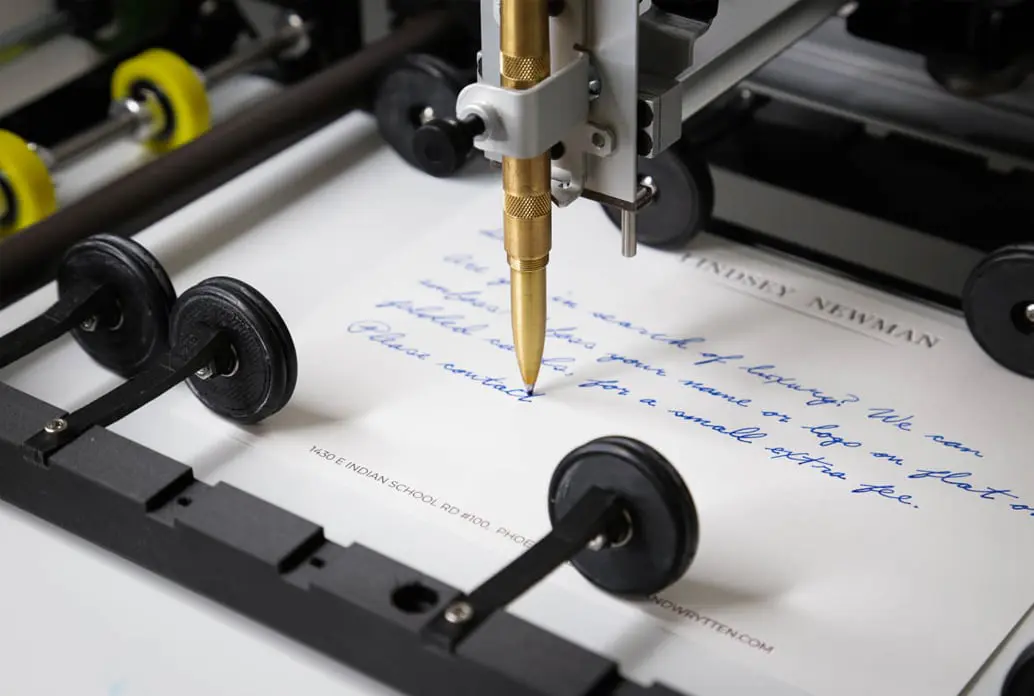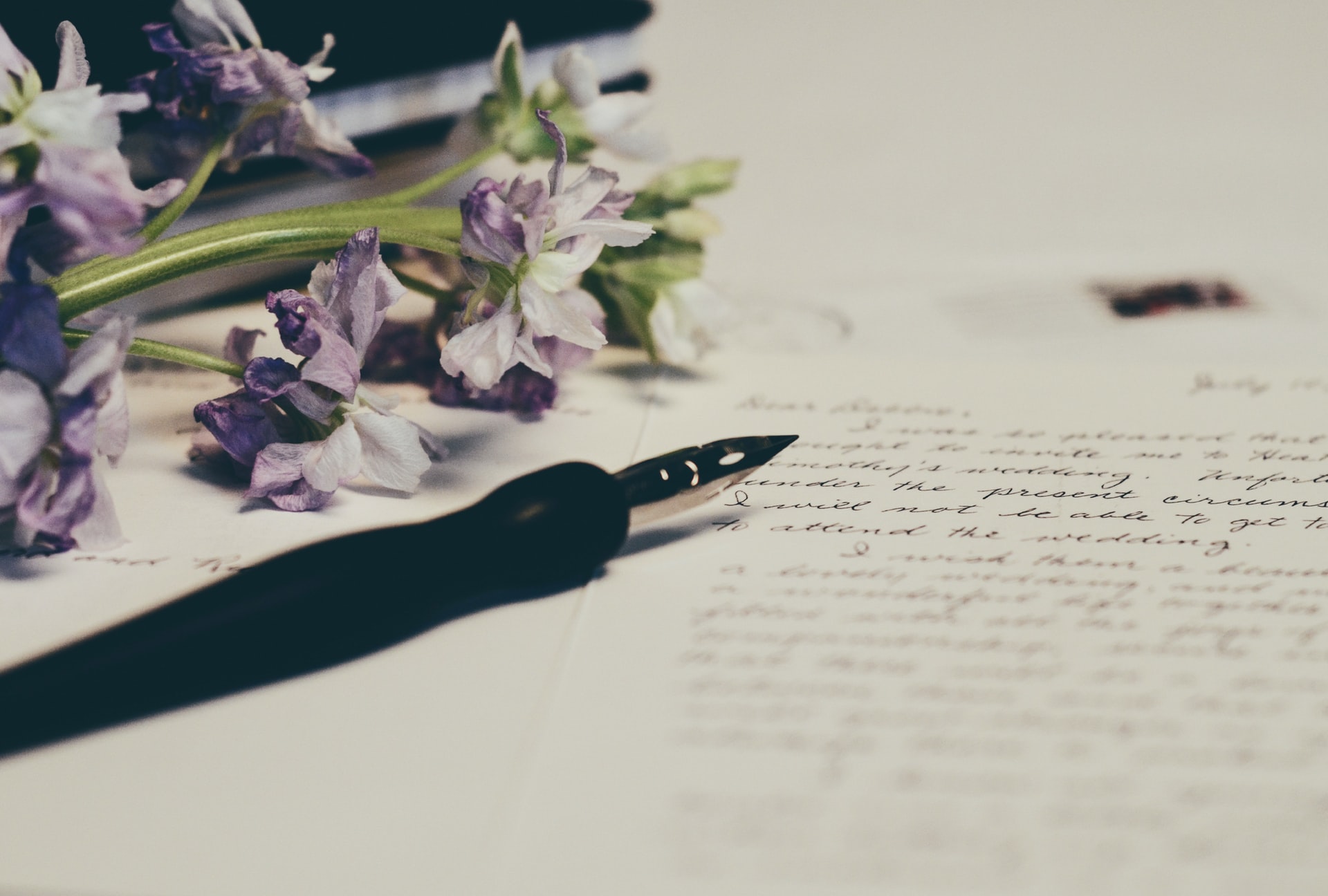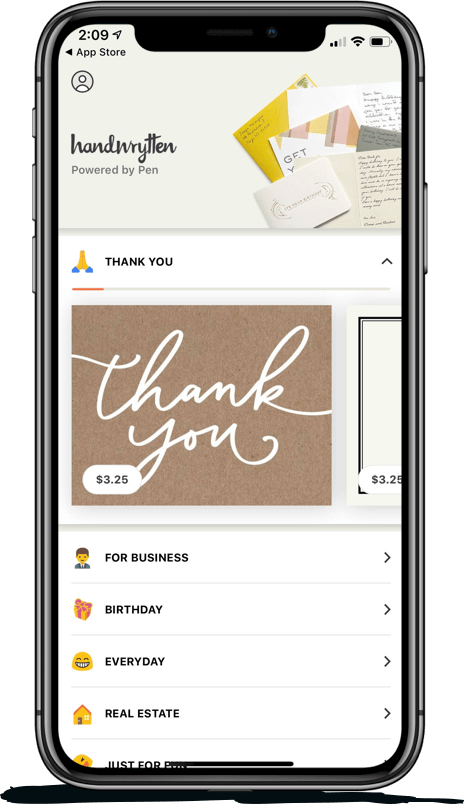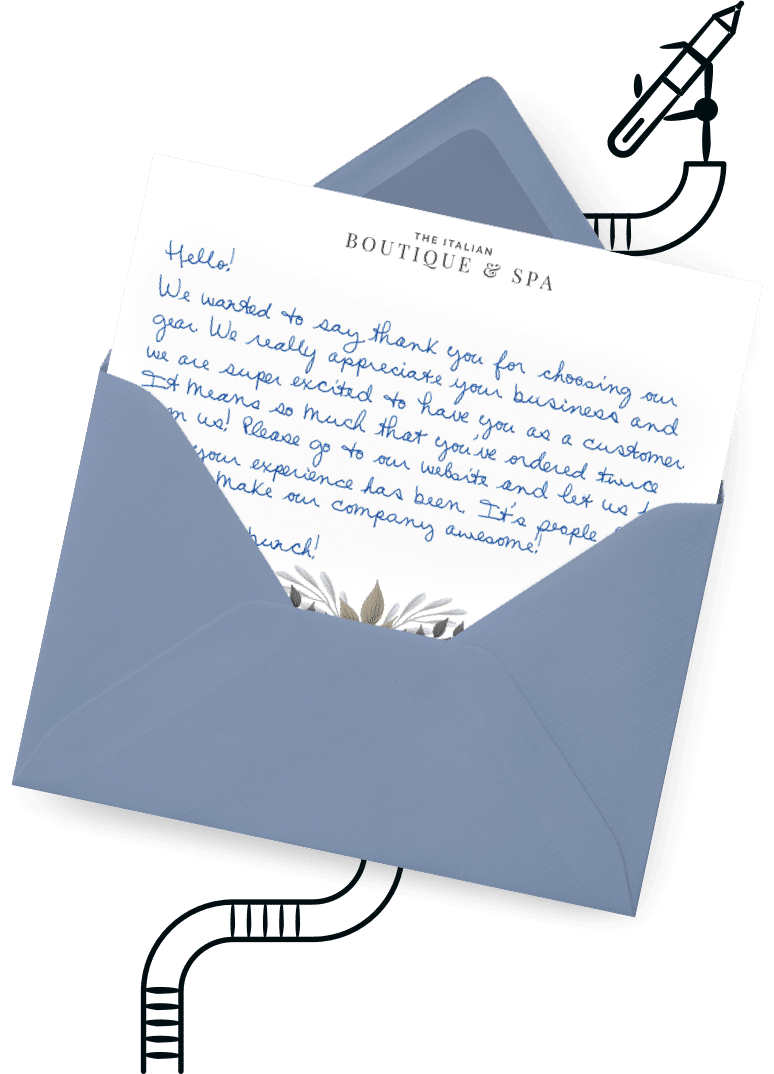
9280 S. Kyrene Rd.
Suite 134
Tempe, AZ 85284
Phone: +1 (888) 284-5197
Email: contact@handwrytten.com



You have been subscribed. Thank you!
It would seem that the easiest parts of drafting a letter would be the beginning and the end. After all, the opening and the closing are usually the easiest places to greet someone and tell someone goodbye when you’re in person. Sometimes this situation isn’t the case, and you may need help finding the right words to say. The choice of your recipient can change your salutations dramatically. Explore the following ideas for letter salutations to help you find the best message to express.

The purpose of your letter will set the tone for the language you use in your writing, including your greeting and closing salutations. The first to note, which should be obvious, is that you are not writing a farewell letter to a colleague. Consider your audience because you will use different terms with a colleague versus your boss. Your letter purpose may include any one of the following:
These situations call for a formal letter rather than an email or note and should be written in a format that reflects that formality level. Researching your audience as much as possible will also help you craft your letter in the tone it deserves.
Using the right greeting will set the tone for your letter. Beginning your letter correctly will be easier if you use simple letter salutations such as the following:
Avoiding starting with the person’s first name, which can be misinterpreted as rude or abrupt. “Dear” is always a safe choice when starting a business letter. When writing to someone who has a medical degree or a doctorate, you can use the abbreviation Dr. With professions such as a judge or professor, you should write out the full title, such as Judge Brown or Professor White.
When addressing more than one person, you should write out each name individually and separate them by commas. For example, “Dear Ms. Smith, Mr. Jones, and Mr. Brown.” If you’re sending a letter to a married couple who shares the same name, you can address the individuals as “Dear Mr. and Mrs. Jones.”
You should avoid using Mrs. or Miss unless you’re confident about how the recipient prefers to be addressed. You’ll want to use Ms. or Mr. in a salutation. If the person’s gender is unclear, or you’re unaware of the preferred forms of address, you can do some investigating. If you don’t get a clear answer, write out the person’s full name and drop the title. For example, “Dear Blake Mayer.”
If you’re writing a letter and don’t have a contact person, you have a few options. If you’ve done your research and still can’t find a name, you can leave off the letter salutations and begin your letter with the first paragraph. You can also consider the following examples of greetings to use instead:
After you get the appropriate salutation at the beginning of your letter and your message completed, focus on the ending letter salutations. Without a proper closing, your letter will seem unfinished and abrupt. Discover some of the best options for finishing your formal letter.
First, avoid sounding too casual. Starting or ending as if you’ve known the recipient for years when you’ve actually never met can give the wrong impression to the individual. Even if you don’t know how to begin or end your letter, using one of the above phrases is likely a safer selection than the following:
Having the right letter salutations for your letter can help take your correspondence from impersonal and vague to a polished piece of work. If you’re struggling to complete your letter, Handwrytten offers ideas and options for handwritten correspondence designed specifically for you and your needs. Our personalized handwriting services allow you to choose from one of our specially prepared messages or submit your own.


Scale your handwritten outreach, creating positive impressions and long lasting bond.
Sign Up Today!


Over 100 designs to choose from or design your own. Our online card customizer makes it simple.
Check Out Our Cards!





